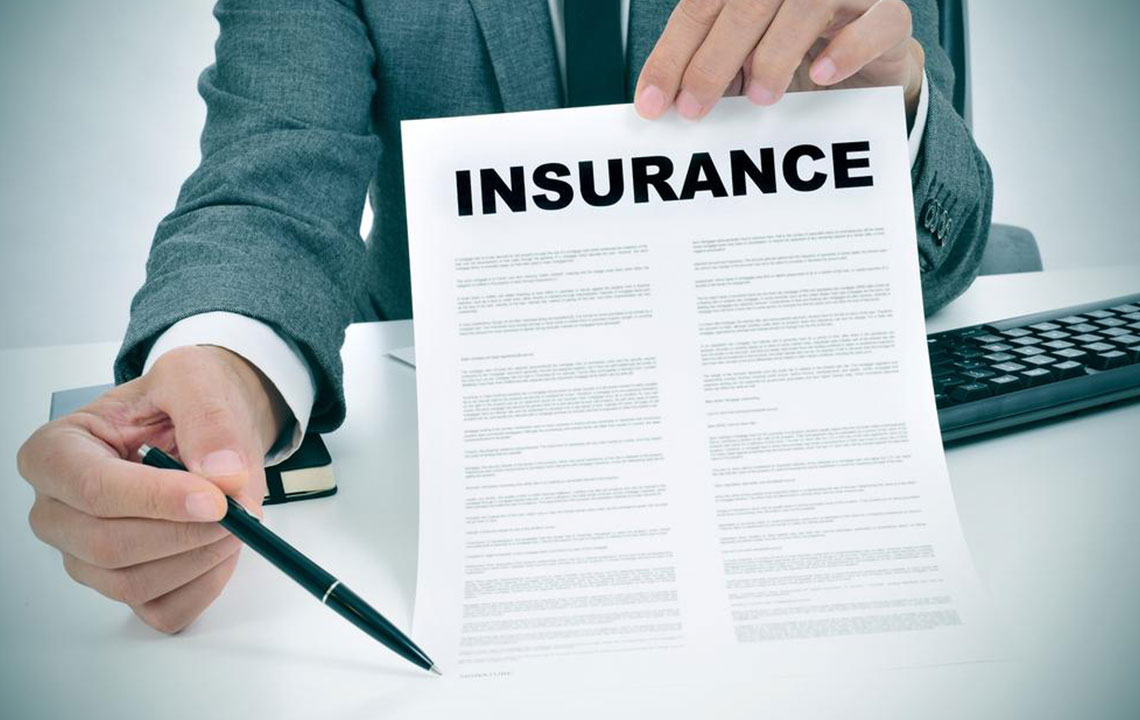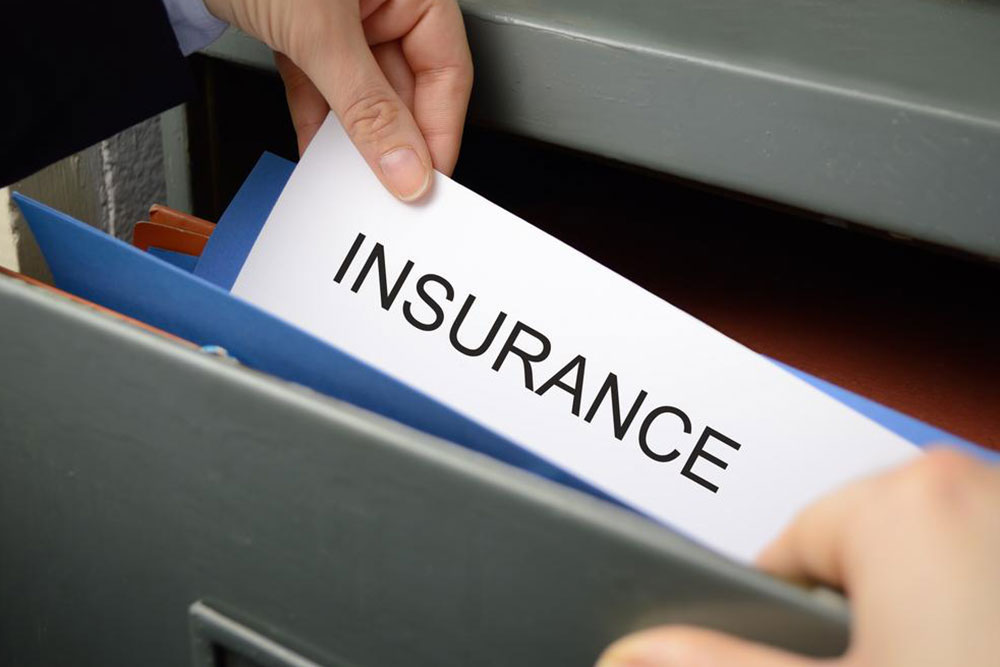Comprehensive Guide to Commercial General Liability Insurance for Business Risk Management
This comprehensive guide details the importance of commercial general liability insurance for businesses. It explains coverage areas like property damage, injury claims, reputation management, and intellectual property disputes. The article emphasizes the necessity of liability insurance for risk mitigation, choosing appropriate coverage limits, and implementing risk reduction strategies. Suitable for all business sizes and industries, this guide helps entrepreneurs understand how liability coverage safeguards financial health and ensures business continuity in an uncertain risk environment.

Understanding the Significance of General Liability Insurance for Business Owners
In the dynamic landscape of modern commerce, businesses face an array of unforeseen incidents that can result in substantial financial losses. From accidental property damages to workplace injuries and legal claims, these risks can threaten the very foundation of your enterprise. To mitigate such threats, having a robust insurance plan is essential. Commercial general liability (CGL) insurance acts as a vital safety net, covering numerous liabilities and expenses that could otherwise deplete your resources, disrupt operations, or cause business closure.
Defining Commercial General Liability Insurance
Often abbreviated as CGL, this form of insurance, also known as business liability insurance, offers critical protection against claims related to physical injuries, property damages, defamation, libel, and false advertising. It not only guards against direct damages but also covers related legal fees, medical costs, and settlement expenses. Businesses of all types can benefit from this vital coverage to ensure financial stability and smooth operation despite the risks involved in daily business activities.
To comprehend the scope of this insurance, it is essential to understand the specific claims it covers. Although policies can vary, typical coverage areas include:
Property Damage
This component protects your business if, for example, an accidental fire causes damage to a landlord’s property or a third-party’s premises. Such damages can be costly; thus, having coverage reduces the financial burden and risk of legal disputes.
Injury Claims
Suppose a customer or visitor slips and falls on your business premises, resulting in injuries that require medical attention. Your policy can cover their medical bills, potential legal liabilities, and compensation claims, safeguarding your business from lawsuits and associated costs.
Reputation Management
In the digital age, online reputation can significantly influence business success. Liability insurance can provide coverage for cases of defamation or false statements that harm your brand’s image, helping you navigate reputation crises effectively.
Intellectual Property Disputes
Many businesses own valuable intellectual property, such as trademarks and copyrights. If your business faces allegations of infringement or related legal actions, liability coverage can assist in defense costs and damages, protecting your assets and brand integrity.
Why Liability Insurance Is a Business Necessity
Every enterprise, regardless of size or industry, faces potential risks that could threaten its financial health. Small businesses are particularly vulnerable due to limited reserves and a lack of extensive legal resources. A single incident—be it a workplace injury, property loss, or liability claim—can lead to significant expenses, including legal fees, settlement costs, or healthcare payments. Without appropriate liability coverage, a business might be forced to dip into savings or even cease operations entirely.
Liability insurance offers a protective shield, addressing a broad spectrum of risks while helping prevent catastrophic financial downfall. Although not always mandated by law, many landlords, clients, or industry regulators require businesses to carry adequate liability coverage before engaging in contracts or leases. Moreover, proactive risk management through insurance can prevent fraud, false claims, or reputation damage that could otherwise devastate your enterprise.
Investing in a comprehensive general liability policy is a prudent move that ensures business continuity and peace of mind, enabling entrepreneurs to focus on growth and service quality rather than fear of unforeseen liabilities.
Choosing the Appropriate Coverage Limits
One critical aspect of liability insurance planning involves selecting suitable coverage limits. The appropriate amount depends on numerous factors, including your industry sector, operational risks, geographic location, and business size. For small to medium enterprises, policies often start at $1 million in coverage, with many opting for a maximum of $2 million per policy period. However, larger businesses or those operating in high-risk industries might require higher limits to adequately cover potential liabilities.
Being underinsured exposes your business to potentially crippling liabilities, should a claim exceed your coverage. Conversely, over-insurance can result in unnecessarily high premiums, impacting profitability. To strike the right balance, assess your risk profile regularly and consult insurance professionals for tailored recommendations.
Understanding the Cost of Commercial General Liability Insurance
The premiums for liability insurance vary significantly based on multiple risk factors. An insurance provider evaluates your business’s exposure to claims and tailors premiums accordingly. Factors affecting costs include:
Nature of Your Business
High-risk industries such as construction, manufacturing, or transportation generally pay higher premiums compared to low-risk sectors like software development, consulting, or professional services.
Business Size and Revenue
Larger organizations with multiple employees, vehicles, or locations pose greater risks, leading to increased premium costs.
Claims History
A history of past claims can raise premiums or make coverage more difficult to obtain, emphasizing the need for robust risk management practices.
Location
Certain states or regions with higher litigation rates or stringent liability laws can influence premium levels. For instance, states like California and New York tend to have higher premiums due to legal environment factors.
Business Structure
Private companies may face different risk exposures compared to incorporated entities or public firms, affecting insurance costs.
Risk Reduction Strategies to Complement Liability Insurance
While liability insurance provides essential coverage, implementing proactive risk management strategies can significantly lower your incident frequency and severity. These include adhering strictly to safety regulations, conducting regular staff training, maintaining hazard-free premises, ensuring product safety, and actively managing your online reputation. Additionally, periodically reviewing contracts and ensuring compliance with legal standards further minimizes exposure to liabilities. These measures not only help reduce premiums but also demonstrate your commitment to safety and professionalism, enhancing your overall business credibility.
Who Should Prioritize Business Liability Insurance?
Liability coverage is especially crucial for industries such as construction, engineering, IT consulting, healthcare, legal services, creative agencies, and any enterprise engaging in activities with inherent risks. If your business interacts with clients, employees, or the public—whether physically or online—obtaining liability insurance is a wise decision to mitigate potential legal and financial fallout. Small startups, freelancers, and large corporations alike benefit from tailored coverage options to safeguard against common liabilities and uphold their reputation and financial stability.




